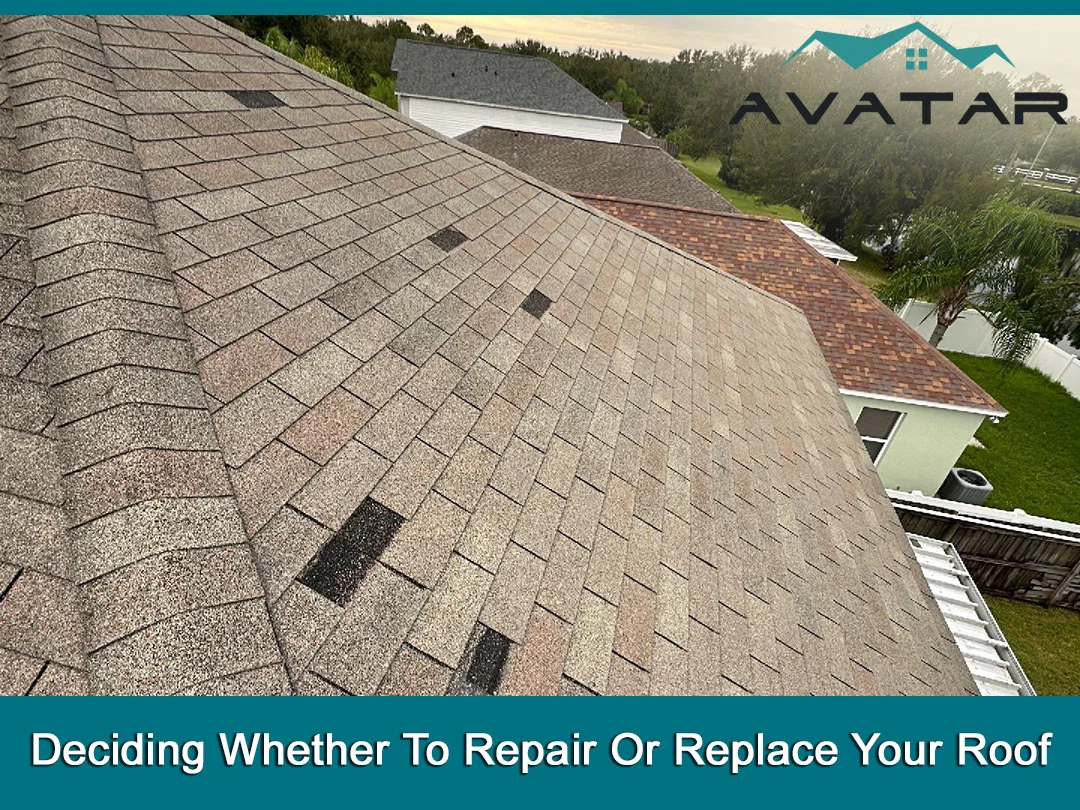Each homeowner understands that the rooftop is one of the most critical components of their house. This is the primary protection against the elements, so knowing how weather impacts your rooftop is crucial. From scorching sun to profound rain and snow, multiple climatic factors can considerably impact the longevity and state of your roofing system. This resource will help you maneuver the complexities of roof maintenance and replacement, ensuring that you are well-informed and set for any weather-related challenges.
As you review the various factors that impact the performance of roofs, you will understand how to recognize the indications that it might be time to replace your roof, what types of roofing work most effectively in different climates, and how to handle typical roofing problems. Whether you are contemplating a minor repair or a complete replacement, comprehending the connection between weather and roofing can empower you to make the best decisions for your home and protect one of your most significant investments. Let us dive into the crucial aspects that every homeowner should know about caring for the roof and maintenance in the face of changing weather conditions.
Comprehending Roof Durability and Replacement

When thinking about your roof's longevity, it's important to know the lifespan of different materials typically last. Bitumen shingles can last about two to three decades years, whereas metal roofing selections often experience a duration of up to half a century or beyond. Tile roofs are known for their durability, frequently lasting more than seventy-five years. Grasping these timelines helps property owners prepare for potential renewal and budget properly.
Knowing the time it’s appropriate for a new roof is crucial to preventing further damage. Routine inspections can disclose conditions like missing shingles, significant wear, or water damage that signal the need for renewal. Property owners should be aware of the signs and seek professional advice ahead of making decisions. By doing so, they can keep small issues from evolving into expensive repairs.
Substitution requires not only picking shingles; it demands careful consideration of weather resistance, material types, and installation practices. Whether opting for a roof tear-off or overlay, knowing the best installation techniques is crucial for long-term durability. Through planning and investigating thoroughly, householders can make sure their new roof withstands the elements and offers peace of mind for a long time.
Typical Roofing Problems & Resolutions
Householders frequently encounter a variety of roofs concerns that can influence their roof performance and lifetime. One of the most typical problems is water leakage, generally caused by damaged roof tiles, defective flashing strips, or incorrect installation. To fix leakage, it's important to conduct regular checks to identify issues early and perform required repairs. Homeowners should ensure that any compromised roofing materials are substituted swiftly to avoid more water intrusion, which can lead to extensive damage inside the property.
One more frequent problem is the presence of moss and algal development, which can damage roof materials over a period. This often occurs in shadowy areas or in environments with high humidity. Homeowners can stop this by maintaining proper attic ventilation and pruning protruding branches to improve light access. Additionally, there are certain cleaning solutions that can be used that can be safely used to the roof to eliminate existing algae and stop future accumulation.
In conclusion, tempest destruction is an very common issue that can range from lost roof tiles to serious structural destruction. After https://aaroofingpro.com , householders should conduct a comprehensive check of their roof and look for signs of harm, including indentations, cracks, or missing components. If any issues is found, it's advisable to contact a skilled roofing expert for fixes to ensure the roof structure is restored to its best condition and to avoid further issues down the road.
Weather-Proofing The Roof: Key Tips
When it comes to protecting the roof from the elements, consistent upkeep is crucial. Start by scheduling inspections at least twice per year, ideally in the early spring and autumn. These inspections will assist in identifying small problems before they grow into major issues. Pay attention to signs like absent shingles, cracked tiles, or leaks, as these suggest that the roof may need repairs. Early detection is key to prolonging the life of the roof and preventing costly replacements.
Selecting the right roofing materials can greatly enhance your roof's durability against the elements. For instance, asphalt shingles are a popular choice due to their affordability and performance, but metal roofing offers superior longevity and resistance to harsh weather. Tile roofing is another great option, providing both aesthetic appeal and resilience. When choosing materials, consider your regional climate and the specific weather challenges you face, such as snow, ice, or high winds.
Another key aspect of weather-proofing your roof is ensuring proper ventilation and insulation in your attic. Adequate ventilation prevents heat accumulation, which can lead to ice dams in winter, while proper insulation helps keep a consistent temperature, reducing strain on the roof. Additionally, investing in high-quality underlayment can provide an extra layer of protection, especially in regions susceptible to heavy rain or snowfall. Ultimately, taking these proactive measures will serve to safeguard your roof against the elements and prolong its durability.
